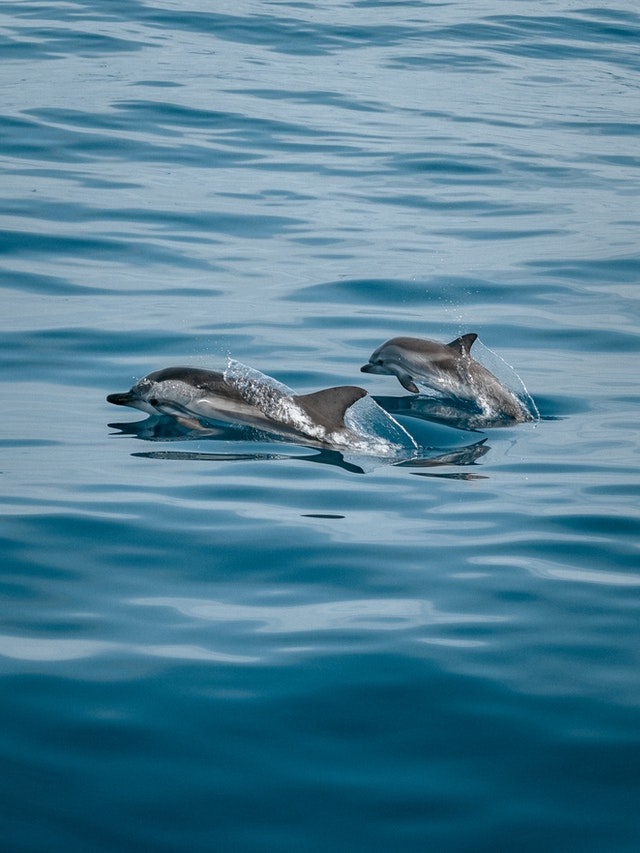AREAS OF INTEREST
Cleaning Coastlines
Some 37 per cent of the world's population lives within 100 km of the coast, at a population density twice the global average. Heavy population pressure on the coasts is causing more and more of the natural environment to be paved over or converted into ports, tourist beaches, and new communities. The result is severe erosion of beaches and excessive sedimentation.
According to the World Bank, human impacts on coasts and oceans have destroyed 20 per cent of mangroves, 30 per cent of sea grass beds and 20 per cent of coral reefs. The use of environmentally sound practices by the tourism industry can improve environmental quality and coastal and marine natural resource protection.
In the meantime, we also encourage organizations and people to get out to their beaches and shorelines and clean up the garbage that has washed up on the shore and those left by visitors every day.


AREAS OF INTEREST
Cleaning Oceans
Every year thousands of tons of garbage wind up the seas and oceans with about 60% of that being composed of plastic material. Plastics especially, they last a very long time in the ocean, and are in such abundance that there are more than 46,000 individual pieces of plastic litter for every square mile of ocean. Plastics are very hazardous to human life, marine life, killing more than a million birds and over 100,000 seals, turtles, whales and an immense number of fish in our oceans.
Enabling sustainable, climate-resilient and inclusive blue economy policies, strategies and solutions will help reduce human impacts and support the sound use of marine and coastal ecosystems and their many services.
This is why we advocate for clean oceans by promoting among others the strengthening of the legislation to stop marine litter and the investment in waste management infrastructures at an international level and the recycling and the use reusable bags at a local level.
Related Research
No posts found!